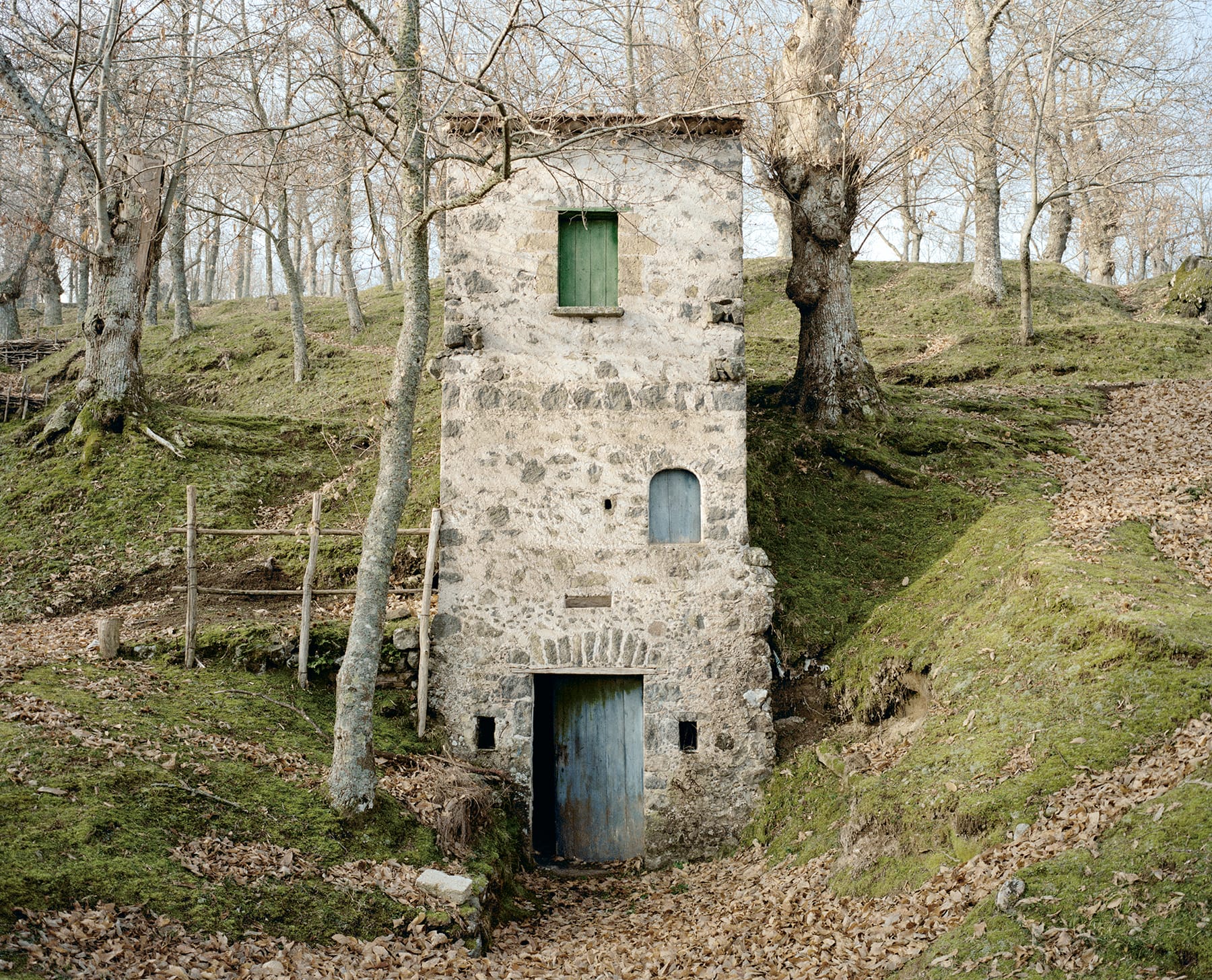
[ad_1]
Throughout the central region of Lazio, Italy, to the southern reaches of the country, Vincenzo Pagliuca traces the Apennines in search of distinctive, solitary houses.
In a nation that has seen declining populations in many of its regions—famously offering financial incentives to those who willing to move to some small communities—abandoned homes have become a common feature of the rural landscape.

“Ever since I was a child, I have had a strong attraction to empty and lonely houses, which are quite common in the Italian hinterland,” Pagliuca says. He traveled around Southern Italy with an analog film camera in search of unique locations.
Pagliuca’s series mónos draws on the ancient Greek word for alone, which also means unique or singular. He sought specific lighting conditions by capturing portraits of stone, concrete, and timber structures during the winter and at sunrise.
Pagliuca likens the isolated houses to “places of dream and meditation, inviting us to reflect on the symbolic meaning of the house for the human being.” Small, faded, and sometimes idiosyncratic structures are devoid of people or current signs of use, yet they sit strikingly amid mountain expanses and alongside country roads as reminders of past lives.
mónos was published in book form by Hartmann, which still has copies available for purchase. Explore more on Pagliuca’s website and Instagram.






[ad_2]